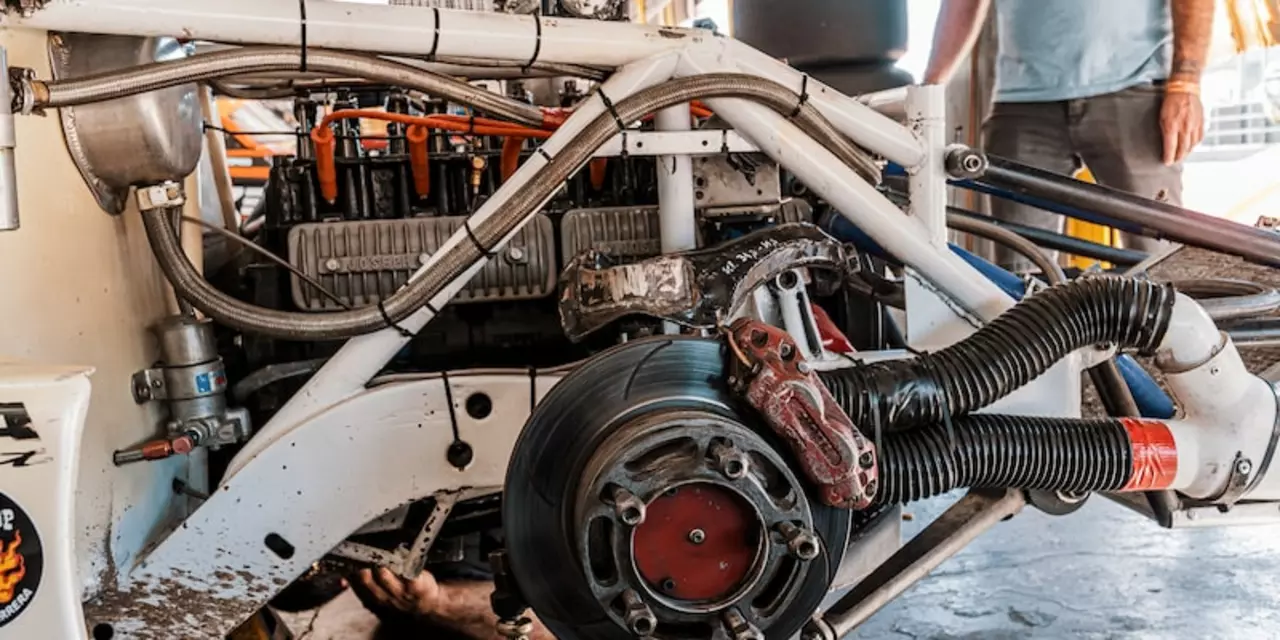Professional Motorsports – Latest News and Career Tips
If you love the roar of engines and the cut‑throat world of race‑track competition, you’re in the right spot. This page gathers the most useful updates for anyone who follows or wants to join professional motorsports.
Professional Racing News
BMW’s exit from Formula 1 in 2009 still sparks debate. The German giant said the high‑cost, high‑emission sport didn’t match its green vision, so they shifted toward electric projects. That move showed how even big names can change gears when the business side gets tough.
Fans often ask whether IndyCar can ever catch up with F1’s global fame. The short answer: F1 still leads in top speed and media reach, but IndyCar shines on ovals and offers close, affordable racing. Both series have their own fans and strengths, so the rivalry stays lively.
On the licensing front, you don’t need a special permit just to watch or even to drive in a club race. However, professional events demand a racing license from bodies like the FIA. Getting that super license is a must if you dream of an F1 seat.
Ever wonder if a Le Mans driver can jump to Formula 1? Yes – once they earn the super license and adapt to the sprint‑style racing. The skill set overlaps, but endurance races and sprint races test different strategies, so the transition isn’t automatic.
How to Go Pro in Motorsports
Most aspiring drivers think the path costs a fortune, but there are free routes. Build relationships with local teams, offer to help with data analysis, or volunteer at track days. Sponsors love fresh talent that shows commitment without demanding huge fees.
Joining a racing club can open doors to discounted gear, practice sessions, and mentorship from seasoned pros. It’s a cheap way to get seat time and learn track etiquette.
Networking matters as much as driving skill. Attend race meetings, chat with crew chiefs, and stay active in online forums. A simple introduction can lead to an unexpected test‑drive opportunity.
When you finally get a seat, treat each lap as a learning moment. Record data, watch replays, and ask engineers for feedback. That habit separates hobbyists from professionals who constantly improve.
Finally, keep an eye on the news. Understanding why teams like BMW quit F1 or why IndyCar chooses a different marketing model helps you see the bigger picture. Knowing the business side makes you a smarter driver and a better candidate for sponsors.
Whether you’re tracking the latest race results, scouting a career path, or just love the thrill of speed, professional motorsports offers endless excitement. Stay tuned, stay hungry, and keep the engine roaring.

How often do professional racecar drivers practice?
Professional racecar drivers practice frequently to stay competitive in the sport. They typically practice on closed circuit tracks in order to work on their driving skills and to test out car modifications. Drivers may practice for up to 10 hours a day during race season. During the off-season, they may practice for fewer hours, but still maintain a regular schedule. Drivers also use simulators to practice and test out different strategies for racing. Overall, professional racecar drivers practice regularly to stay competitive and prepare for races.